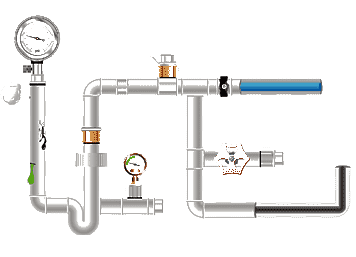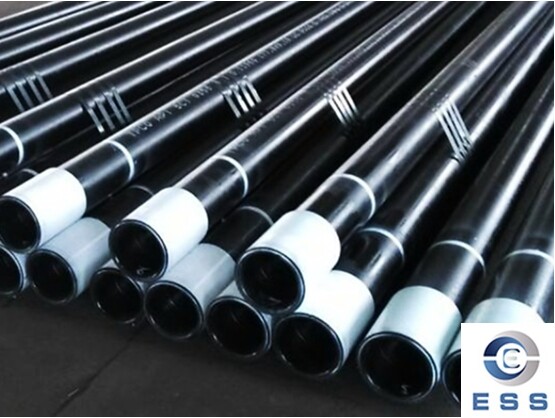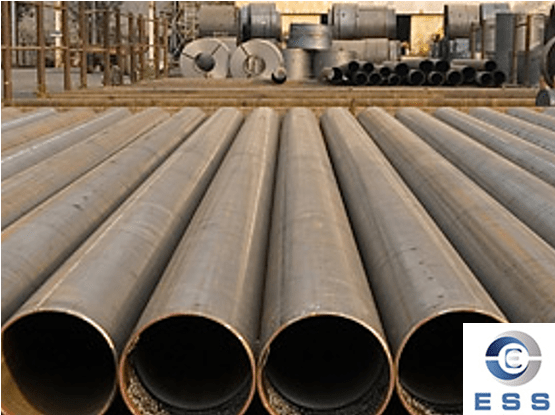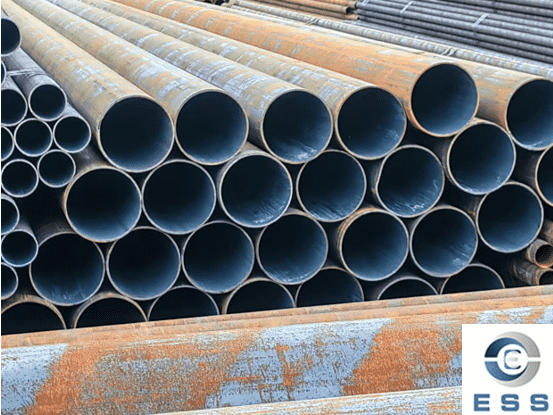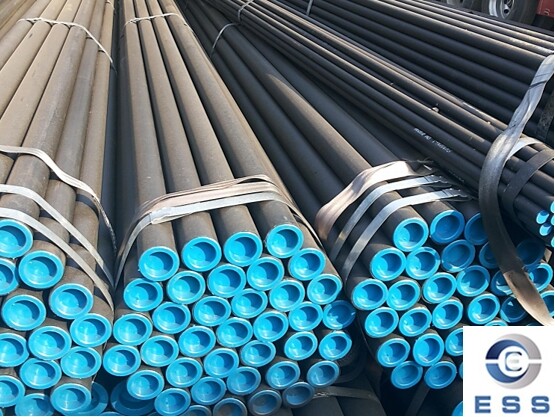
Mild
steel tube is a carbon
steel pipe made of carbon steel with a low carbon content as the main raw
material, processed by rolling, welding or seamless process. It is widely used
in building structures, industrial equipment, pipeline transportation,
automobile manufacturing and other fields. Sometimes, in order to improve the
service life of mild steel tubes in harsh environments, galvanizing is often
used to form a zinc layer on the surface of the steel pipe, thereby improving
the corrosion resistance. So, if all factors are considered, which is better,
galvanized or non-galvanized mild steel tube?
The choice of galvanized and non-galvanized
mild steel tubes needs to be comprehensively judged according to the specific
usage scenarios and needs. The following is a detailed comparison of
manufacturing process, durability, usage differences and price differences:
Differences in manufacturing process
1. Galvanized mild steel tube
A dense zinc layer is formed on the surface
of the steel pipe through hot dip galvanizing (immersing the steel pipe in
molten zinc liquid) or electrogalvanizing (electrolytic deposition of zinc
layer) process. The galvanizing process increases the ability to resist
oxidation and corrosion, but the process is complex and energy consumption is
high.
2. Non-galvanized mild steel tube
It is directly rolled or welded from
low-carbon steel, without the need for coating treatment, with a simple
manufacturing process and low cost.
Differences in durability
1. Galvanized mild steel tube
The zinc layer provides dual protection
(physical barrier + sacrificial anode protection), significantly extending the
service life (up to 20-50 years). However, the zinc layer may fall off due to
mechanical damage or long-term exposure to strong acid/alkali environments,
resulting in local corrosion.
2. Non-galvanized mild steel tube
There is no risk of coating shedding, and
the initial surface is smoother. However, the steel pipe is prone to rust when
directly exposed to moisture, salt spray or corrosive environments, and has a
short lifespan (generally 5-15 years).
Differences in usage scenarios
1. Galvanized mild steel tube
It is widely used in occasions where
anti-corrosion protection is required, such as outdoor pipe networks (water
supply, drainage systems), agricultural irrigation, HVAC systems and other
fields that are prone to moisture or in corrosive environments. In harsh
environments, galvanized steel pipes can better resist external factors and
reduce subsequent maintenance costs.
2. Non-galvanized mild steel tubes
Suitable for indoor, dry environments or
areas with low anti-corrosion requirements, such as building structures,
internal supports, decoration, etc. When used in wet or corrosive environments,
additional protective measures or more frequent maintenance are required.
Differences in price
1. Galvanized mild steel tubes
Due to the addition of the galvanizing
process (whether hot-dip or electroplating), the production cost is higher,
resulting in a generally higher market price than non-galvanized steel pipes.
However, the long-term maintenance cost is low, reducing the frequency of
replacement and anti-corrosion treatment.
2. Non-galvanized mild steel tubes
The manufacturing process is simple, there
is no additional anti-corrosion treatment cost, so the price is low, suitable
for cost-sensitive projects. The long-term maintenance cost is high, and
corroded parts need to be painted or replaced regularly.
Comprehensive recommendations
Galvanized mild steel tubes are suitable
for wet, corrosive environments or long-term infrastructure (such as water
pipes, outdoor structures), focusing on life and low maintenance costs.
Non-galvanized mild steel tubes are more suitable for dry environments,
short-term projects, or those that require secondary processing (such as
painting, welding), and have limited budgets. It should be noted that
galvanized pipes may release toxic zinc fumes when welded, so ventilation
protection is required; for drinking water pipes, it is recommended to choose galvanized
pipes that meet food grade standards (such as hot-dip galvanizing), or use stainless
steel pipes instead; non-galvanized pipes can extend their life in humid
environments by applying anti-rust paint.









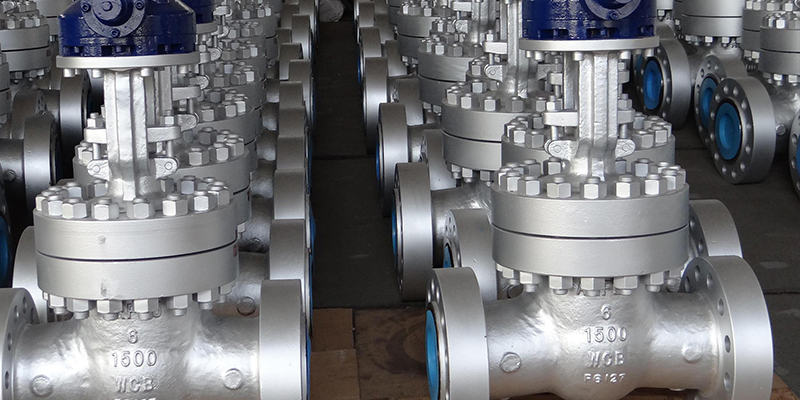
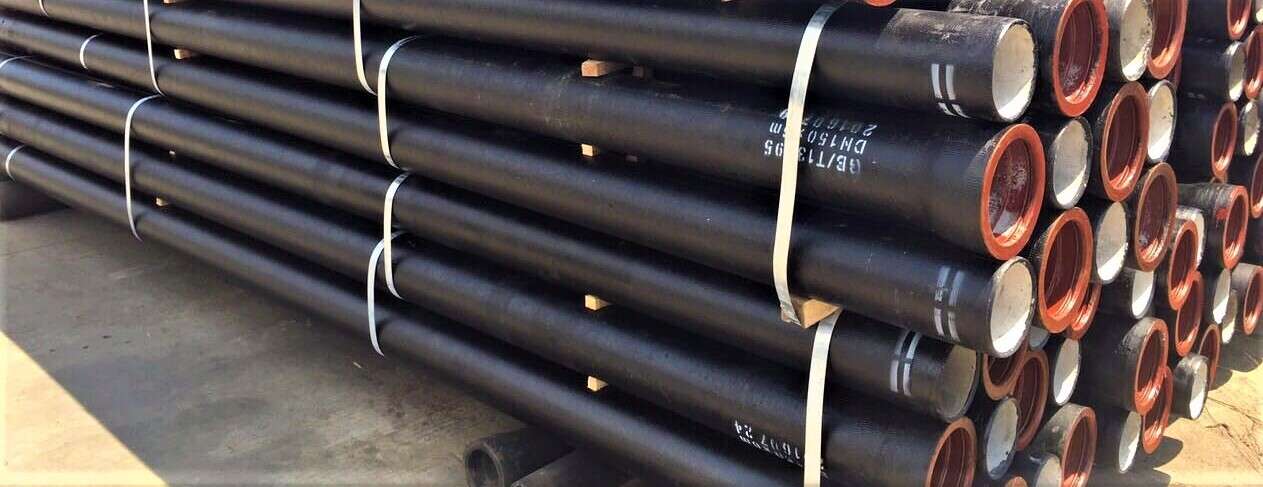


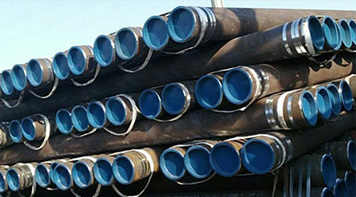 Eastern Steel Manufacturing Co.,Ltd not only improve product production and sales services, but also provide additional value-added services. As long as you need, we can complete your specific needs together.
Eastern Steel Manufacturing Co.,Ltd not only improve product production and sales services, but also provide additional value-added services. As long as you need, we can complete your specific needs together.
